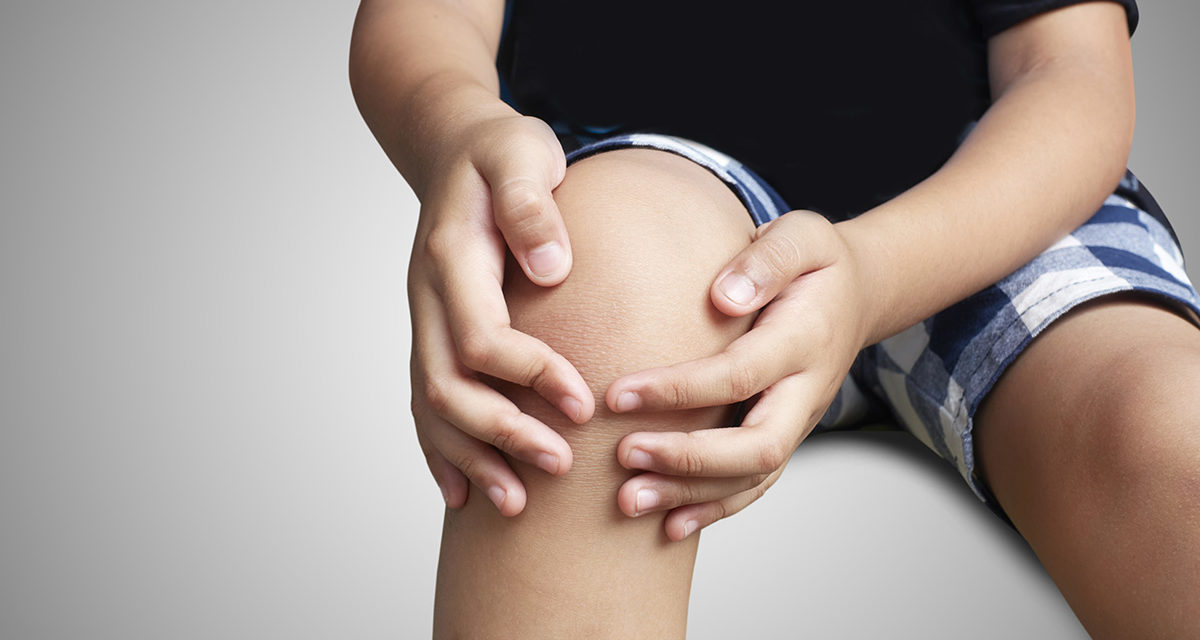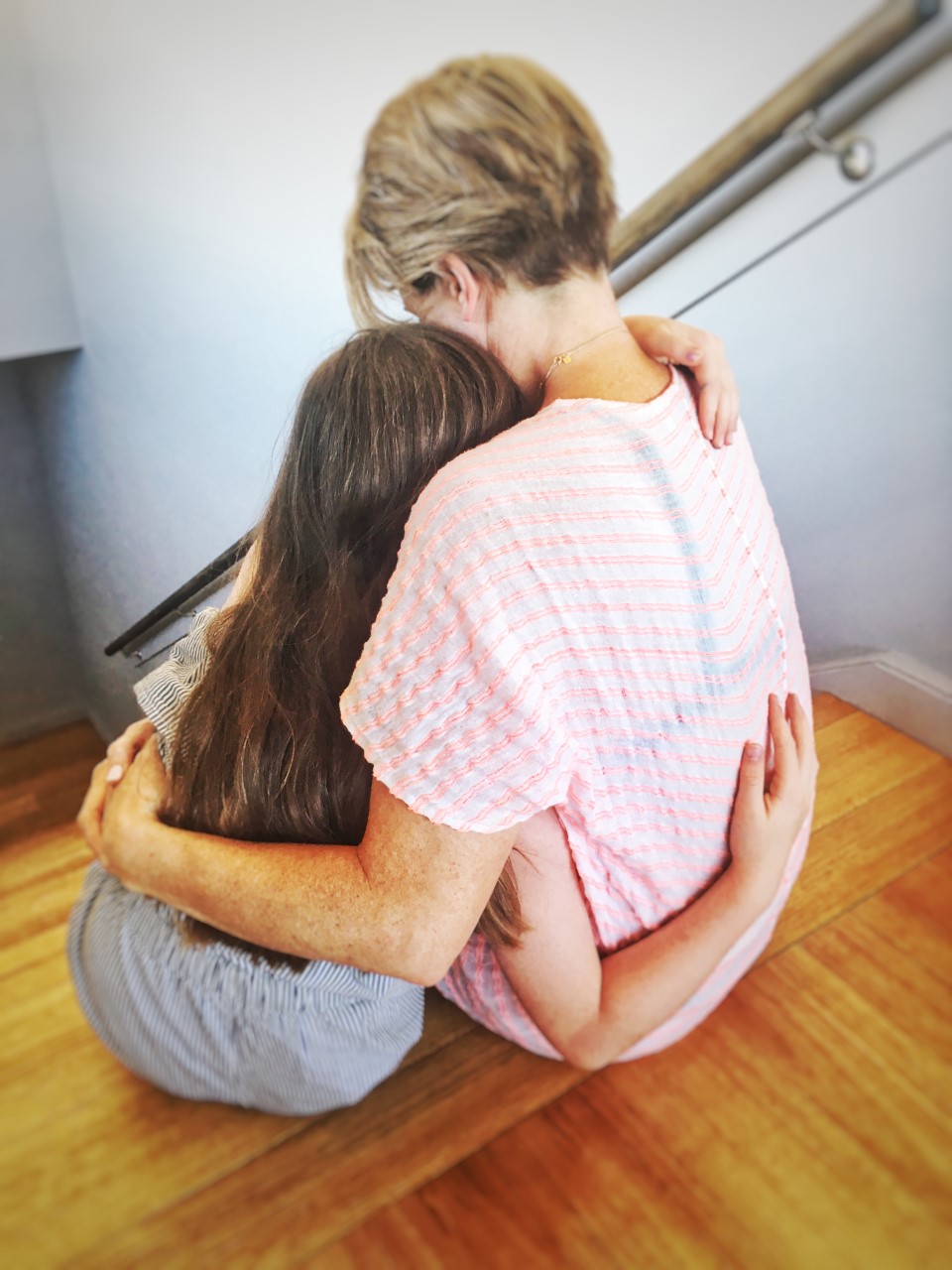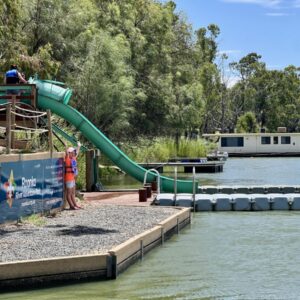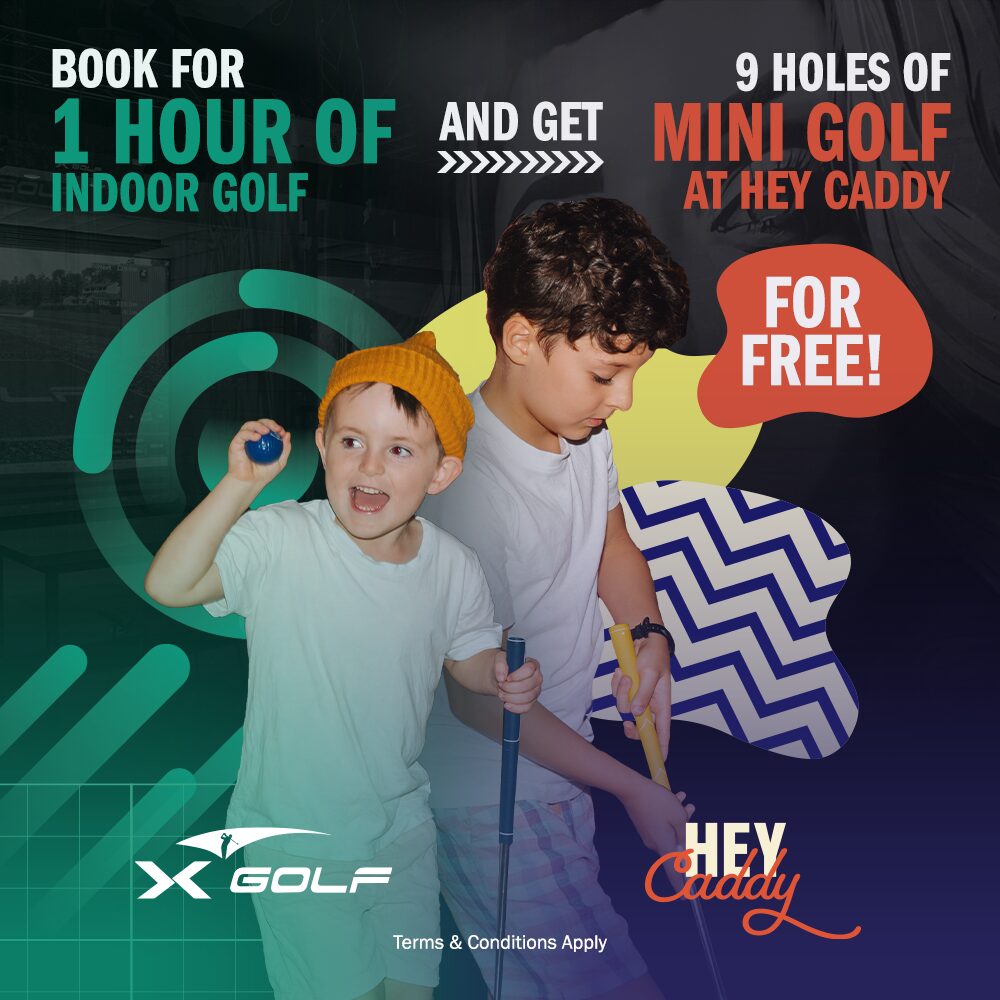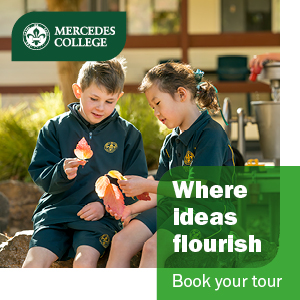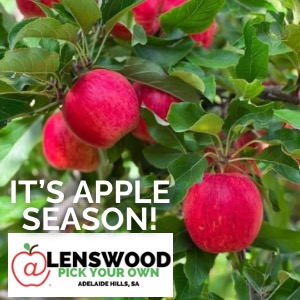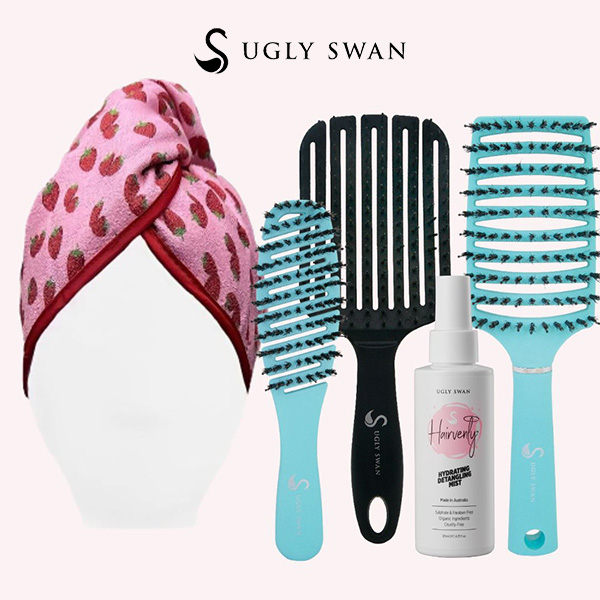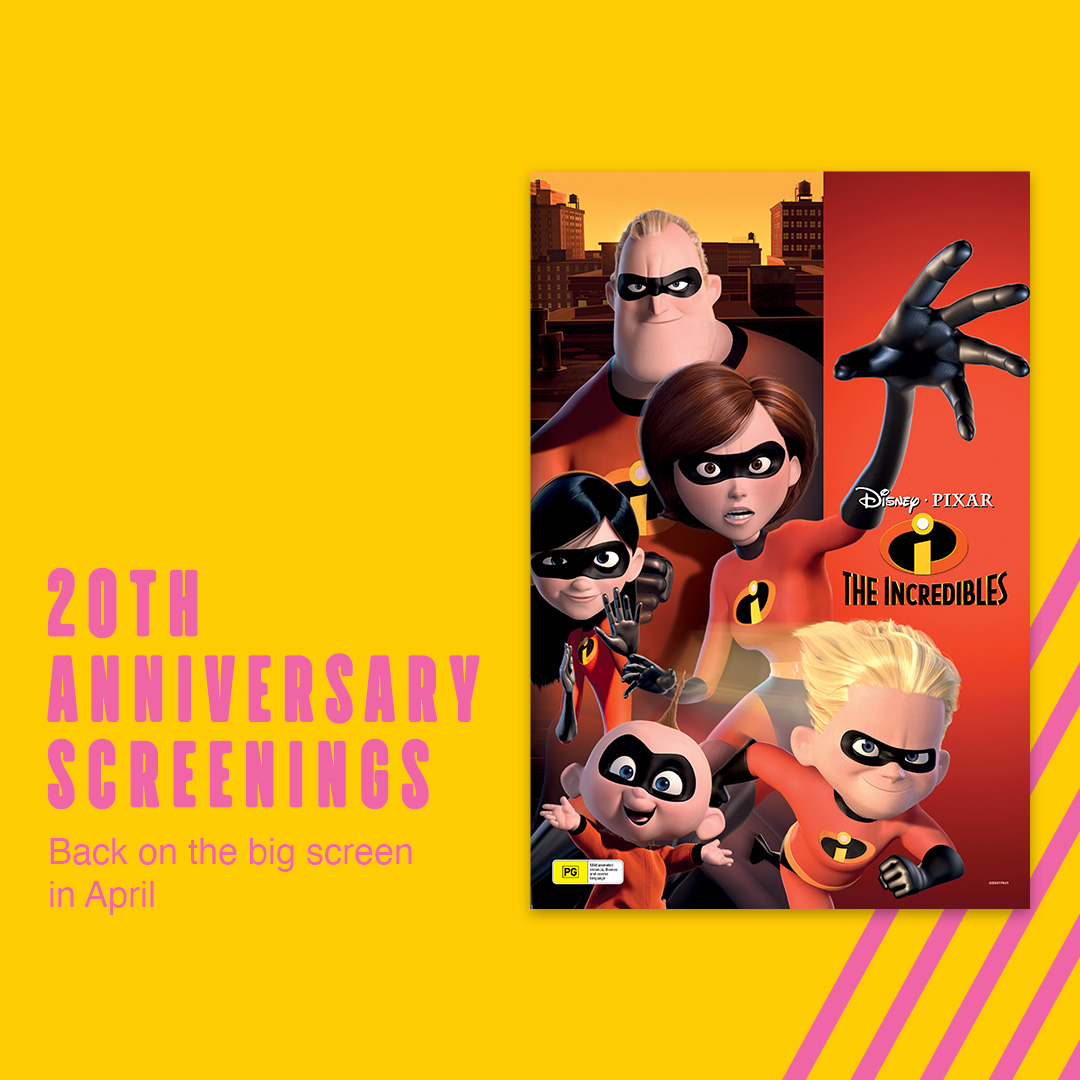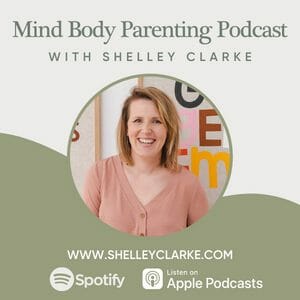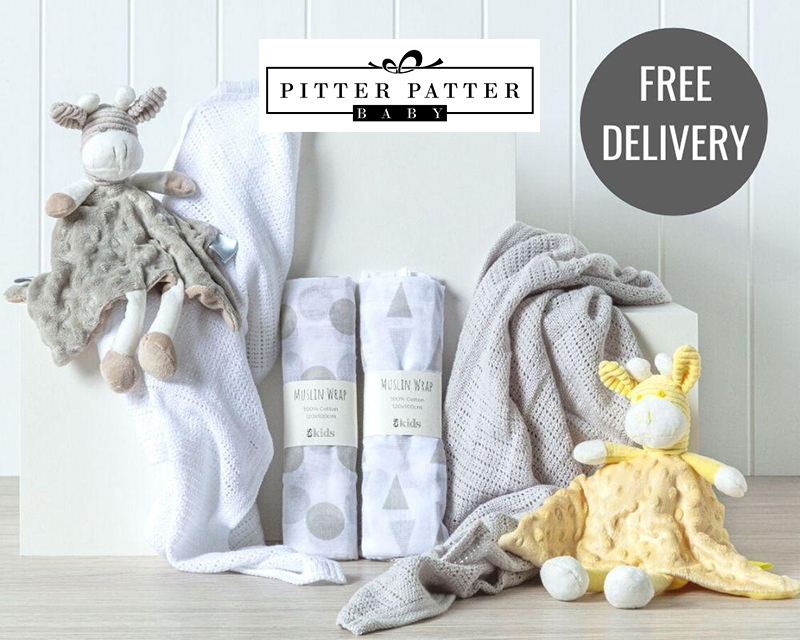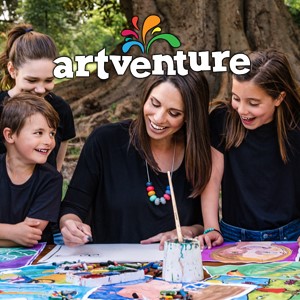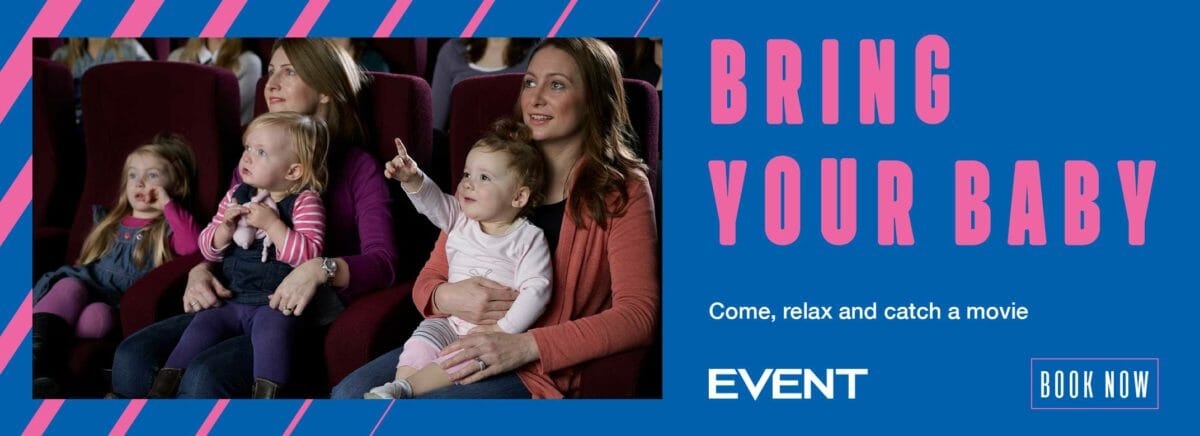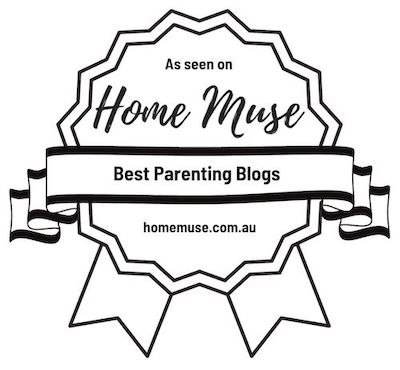Growing Pains were a big part of my early teenage years. I suffered from aching legs most nights from age 10-12, and my mum used to help me massage my legs to try to ease the ache. I played loads and loads of sport and we were always outside running around so I was always confused as to whether they were growing pains or just tired muscles. As I got older, I realised that tired muscles feel very different to growing pains! This article is a great read, and something I’ll definitely keep in mind for when my two girls are older. Thank you to physiotherapist Jen from Smart Health Training and Services for her detailed article. Read on to find out all about growing pains and how you can help treat them….
Growing Pains
As a Mum and a Physiotherapist, I hear of children, especially young teenagers complain of growing pains. But what are they? Is it really a pain or is it just in their heads? I often get asked this question so thought I’d give my view on the topic.
As we go through puberty and growth spurts, our body lays down bone cells at a faster rate than muscle cells, So, essentially, the skeleton is growing at a faster rate than the muscles are lengthening. In extreme cases, a degree of tension will occur at the point where that muscle is attached to the bone via it’s tendon. The tension can result in some irritation and inflammation through that tendon causing pain. This does tend to occur around the long bones and especially at the load bearing sites such as the legs. Common points of pain are at the back of the ankle (Achilles), around the knee (patella) or through the front of the hip (hip flexors).
Generally, children report a general discomfort in the area that tends to come on after exercise. When the child is running around or playing, the body warms up and circulation flows but as they rest, circulation slows and inflammation sets in resulting in the post exercise or at rest soreness. This can be confusing as to the real cause. In severe cases, their sleep may be disturbed causing general tiredness and irritability.
We can actually treat growing pains. We still need to wait for the child’s body to go through the cycle of growth before the condition resolves completely, but we can reduce the discomfort they are experiencing, through soft tissue release and myofascial stretching, localised treatment over the points of tendon inflammation and monitor general bone alignment and biomechanics. This may be more pertinent to those adolescents who are involved in greater activity such as ball sports, athletics or dance. It is about managing the symptoms whilst the growing pains occur. Advice will be provided as to when to rest completely from activity or when to reduce activity. This may vary over those adolescent years, whilst their growth spurts vary in speed. We prefer to manage the condition rather than stop the child from participating in their activities.
A specific home program of foam roller muscle release assists in lengthening the muscles gradually, somewhat like rolling out plasticine and keeping it “soft”, ice treatment around the severe points of pain after activity to reduce the inflammatory process and taping the effected joints during activity. Specific exercises to help stabilise the joints effected can reduce symptoms and protect those joints whilst they mature.
So growing pains are real pains. They are a direct result of inflammation of the soft attachments of muscle to bone, in the situations where those bones are growing incredibly quickly. They cannot be stopped until growth stops and may vary in intensity as the growth spurts occur. Because there is no specific injury event and the pains are vague and more evident after exercise rather than during, they are difficult to identify. But they are not in the child’s head, they are not an excuse to be lazy. Growing pains are real and can be managed by your therapist to prevent any permanent damage and make your child much happier.
Jen Guest is a Physiotherapist and Senior Pilates Practitioner at Smart Health Training & Services who holds a strong belief in working with junior dancers through their developmental years to achieve maximum potential.
Web: www.smarthealthtraining.com.au/
FB: www.facebook.com/Smart-Health-Training-and-Services
P: (08) 8293 1100
E: reception@smarthealthtraining.com.au
Address: 12-22 Richmond Road, Keswick








![Party-Web-Banner-[970x150]](https://kidsinadelaide.com.au/wp-content/uploads/2024/04/Party-Web-Banner-970x150-1.gif)
